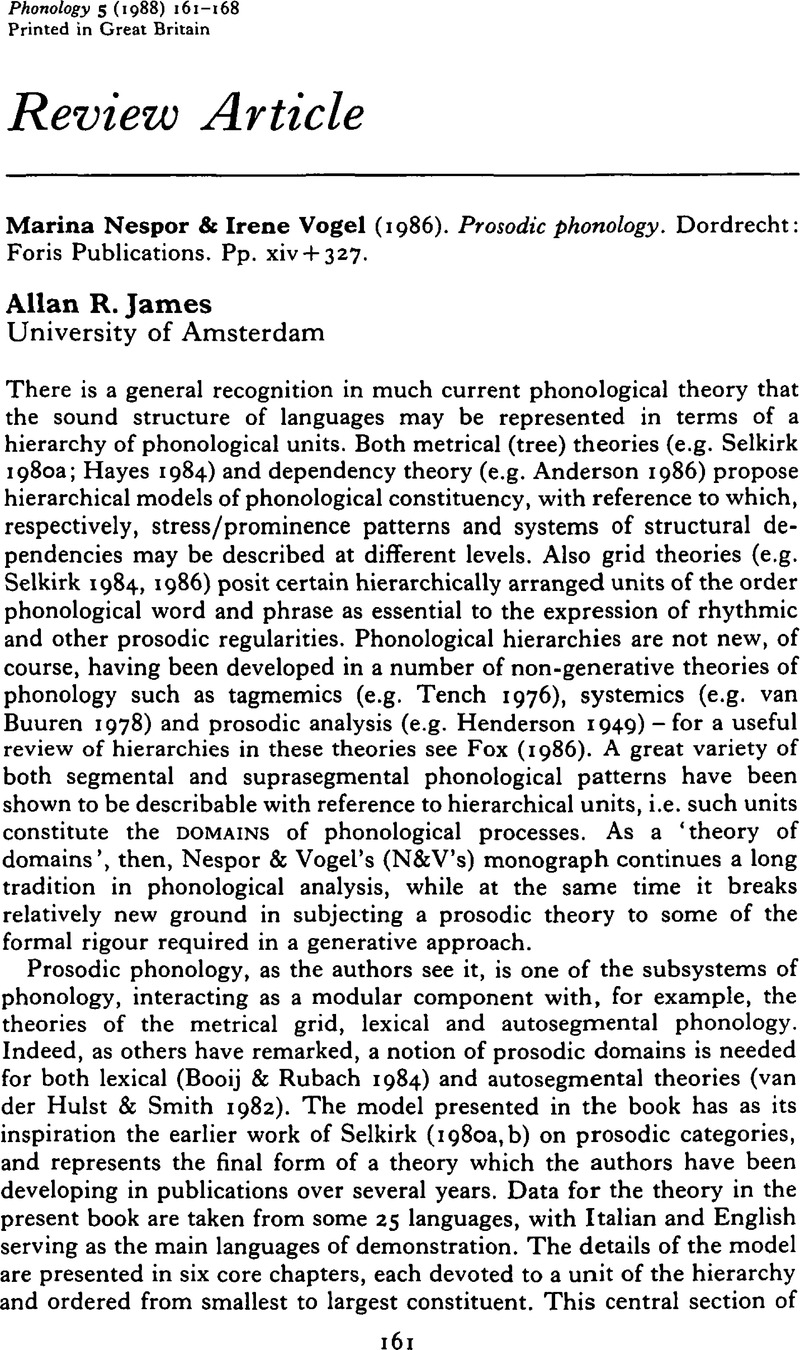Crossref Citations
This article has been cited by the following publications. This list is generated based on data provided by Crossref.
Nercesian, Veronica
2014.
Procesos fonológicos en el dominio de la palabra wichí (mataguaya).
LIAMES: Línguas Indígenas Americanas,
Vol. 14,
Issue. 1,
p.
125.
Silva, Kyvia Fernanda Tenório da
and
Payão, Luzia Miscow da Cruz
2020.
Aspectos fonológicos em crianças pré-termo, na faixa etária de 12 a 25 meses.
Cadernos de Linguística,
Vol. 1,
Issue. 2,
p.
01.
Chacon, Lourenço
2021.
A relação fala/escrita em dados não-convencionais de escrita infantil.
Cadernos de Linguística,
Vol. 2,
Issue. 1,
p.
01.
Santos, Raquel Santana
2021.
The Acquisition of External Vowel Sandhi in Brazilian Portuguese.
Cadernos de Linguística,
Vol. 2,
Issue. 1,
p.
01.
Galdino, Julio Cesar
Silva, Kyvia Fernanda Tenório da
and
Oliveira, Jr., Miguel
2021.
Características prosódicas associadas aos sinais de pontuação.
Cadernos de Linguística,
Vol. 2,
Issue. 4,
p.
e468.
Ortiz-Barajas, Maria Clemencia
Guevara, Ramón
and
Gervain, Judit
2023.
Neural oscillations and speech processing at birth.
iScience,
Vol. 26,
Issue. 11,
p.
108187.





